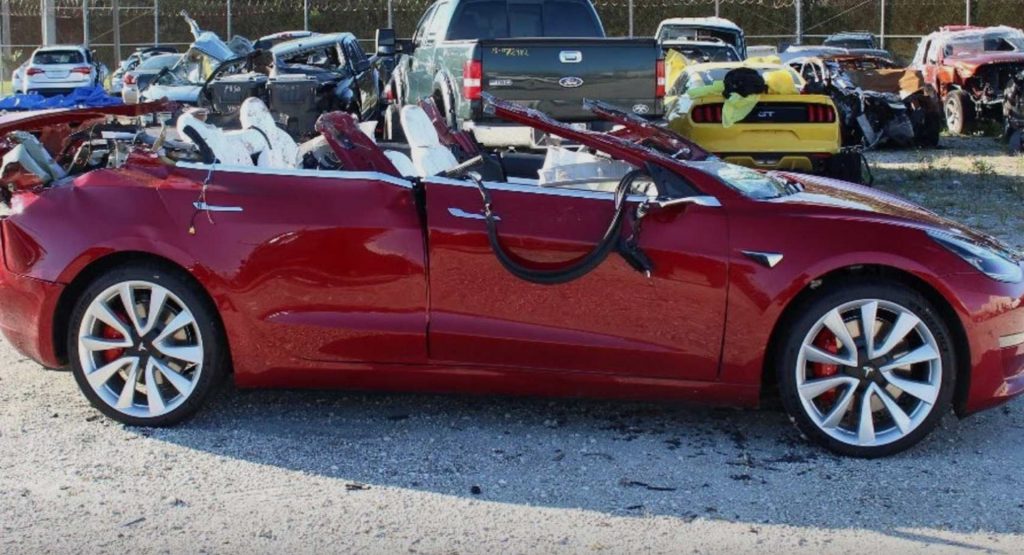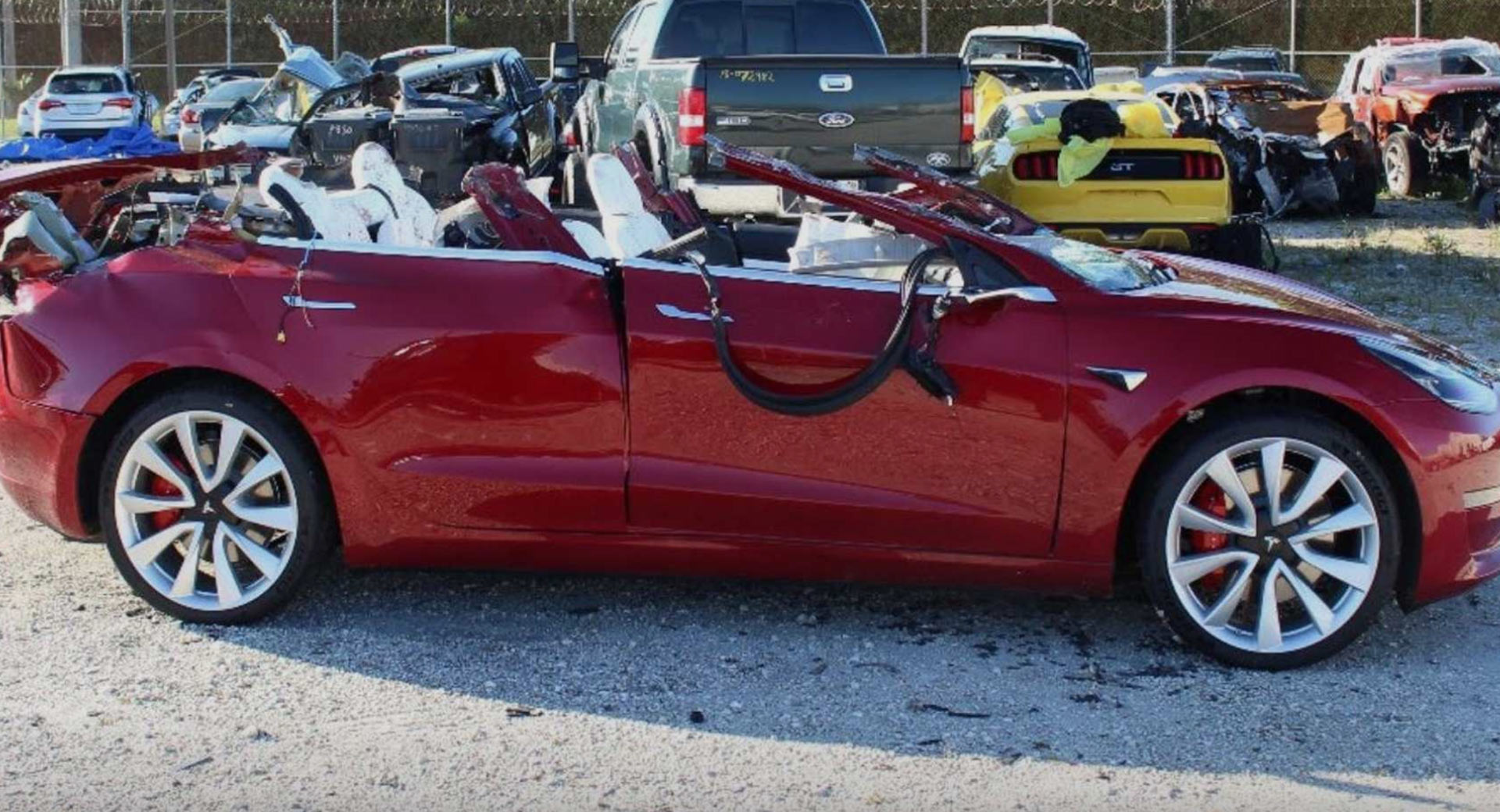The National Transportation Safety Board (NTSB) has concluded that the Autopilot system of a Tesla Model 3 was active when the electric sedan crashed into the side of a tractor-trailer on March 1st, killing the driver.
A preliminary report published by the NTBS doesn’t place blame on anyone for the crash and states that driver Jeremy Beren Banner engaged Autopilot roughly 10 seconds before the crash. The Tesla collided with the side of the trailer at 68 mph (109 km/h), shearing off the roof of the car as it slid underneath.
Also Read: New Tesla Model X Crashes Going Up Mountain, Was Autopilot System Slow To React?
“From less than 8 seconds before the crash to the time of impact, the vehicle did not detect the driver’s hands on the steering wheel,” the NTSB noted.
The Verge notes that this crash is at least the fourth fatal incident involving a Tesla vehicle with Autopilot enabled. The first of these came in 2016 when Joshua Brown was killed in his Model S after it collided with a semi-trailer truck. Both Brown and the Autopilot system failed to brake before the collision. There have also been a number of non-fatal Tesla crashes involving Autopilot.
In a statement regarding the March 1 crash which killed Jeremy Beren Banner, a Tesla spokesperson said that cars with Autopilot remain safer than those without.
“We are deeply saddened by this accident and our thoughts are with everyone affected by this tragedy. Tesla drivers have logged more than one billion miles with Autopilot engaged, and our data shows that, when used properly by an attentive driver who is prepared to take control at all times, drivers supported by Autopilot are safer than those operating without assistance. For the past three quarters we have released quarterly safety data directly from our vehicles which demonstrates that.”




